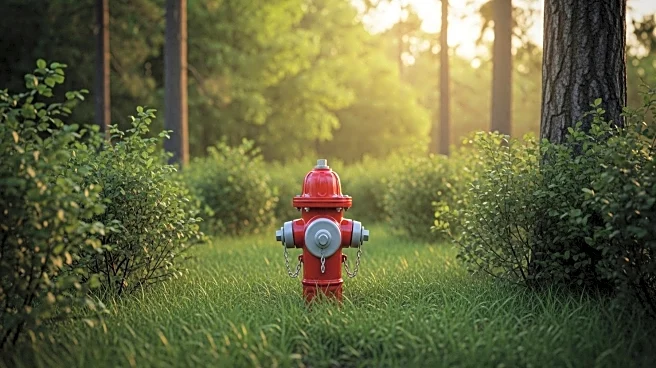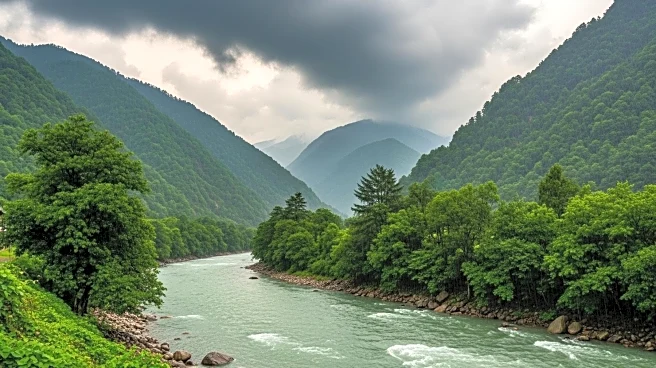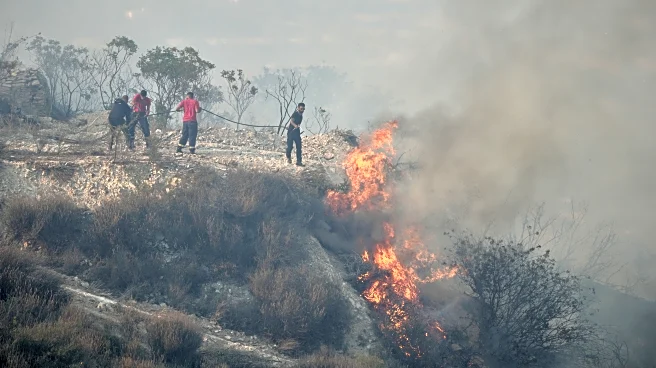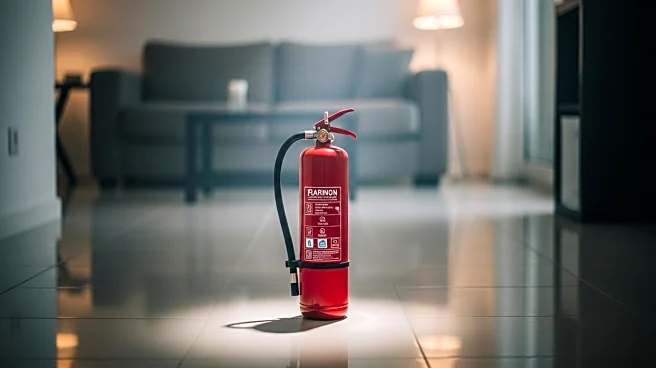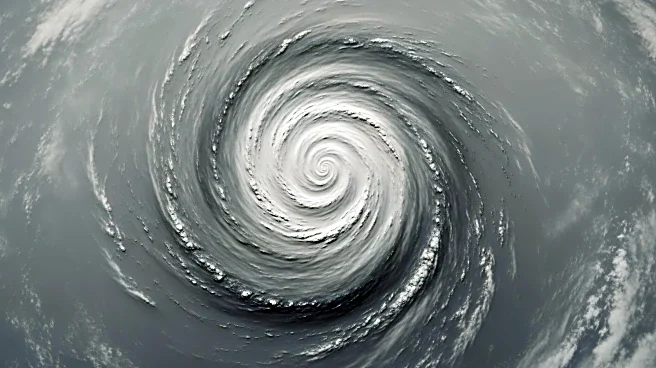What's Happening?
Wales has experienced a significant increase in wildfire incidents this year, surpassing previous records. The Mid and West Wales Fire Service (MAWWFRS) reported 134 wildfire incidents, with over half occurring in March. North Wales Fire and Rescue Service (NWFRS) also saw a rise, with 63 incidents in the first eight months of the year. The South Wales Fire and Rescue Service recorded 1,429 grassland fires, exceeding its highest annual figures. The spike in wildfires is attributed to a long and hot summer, and fire services are working with landowners to manage risks and educate the public on fire safety.
Why It's Important?
The increase in wildfires in Wales highlights the growing impact of climate change on natural disaster frequency and severity. As temperatures rise, the risk of wildfires becomes more pronounced, posing challenges for fire services and communities. The situation underscores the need for proactive measures, such as improved land management and public education, to mitigate fire risks. The collaboration between fire services and landowners is crucial in preventing uncontrolled fires and reducing resource strain on emergency responders.
What's Next?
Fire services in Wales are likely to continue their efforts to educate the public and work with landowners to manage fire risks. As climate change is expected to increase the frequency of wildfires, there may be further initiatives to enhance fire prevention strategies and improve access to remote areas. The ongoing collaboration between fire services and communities will be essential in adapting to these challenges.
Beyond the Headlines
The rise in wildfires in Wales reflects broader environmental changes and the need for sustainable land management practices. It also raises questions about the long-term impact of climate change on rural communities and the resources required to address these challenges. The situation may prompt discussions on policy changes to support fire services and enhance community resilience.
